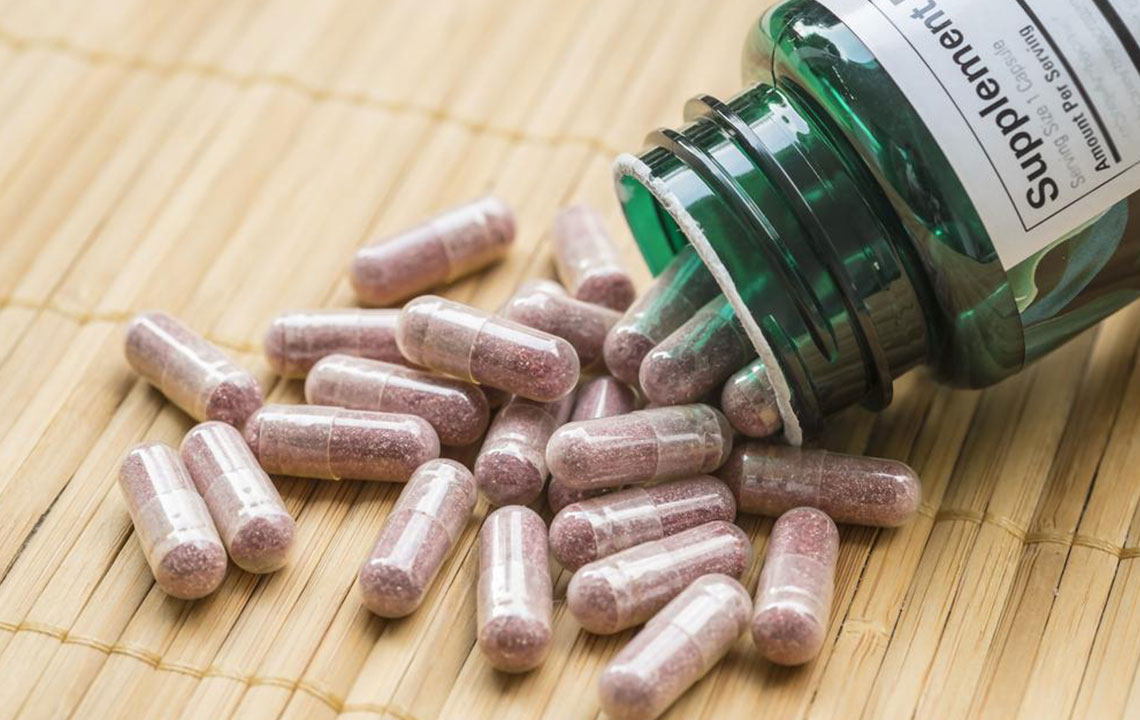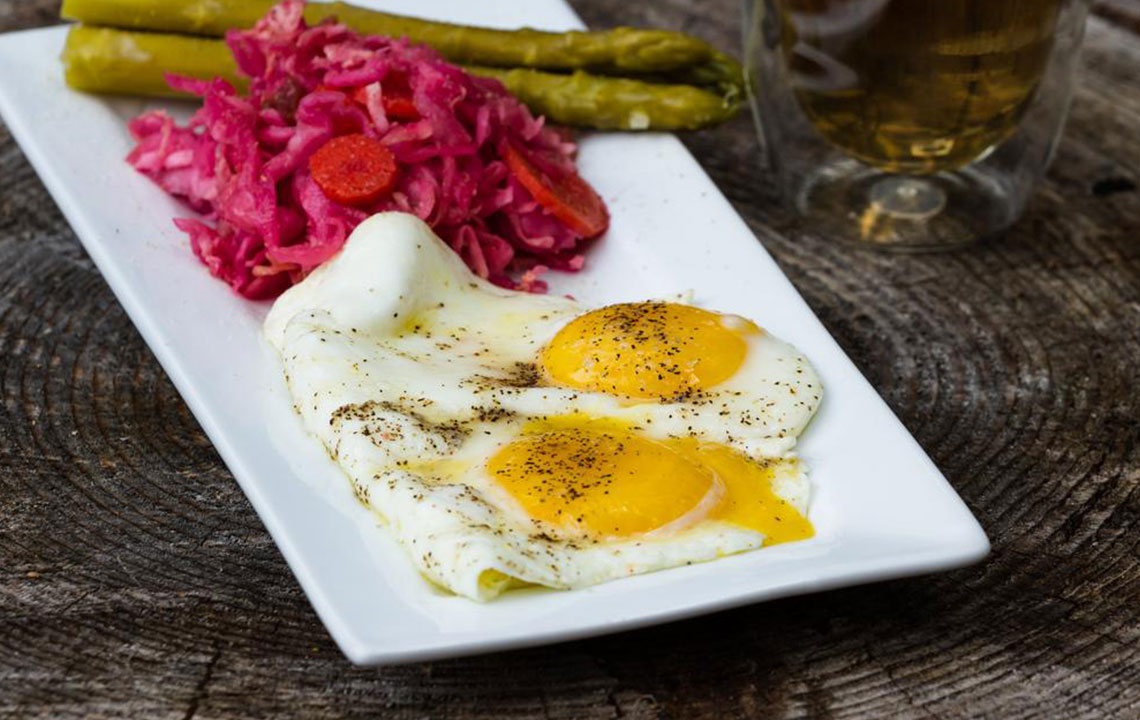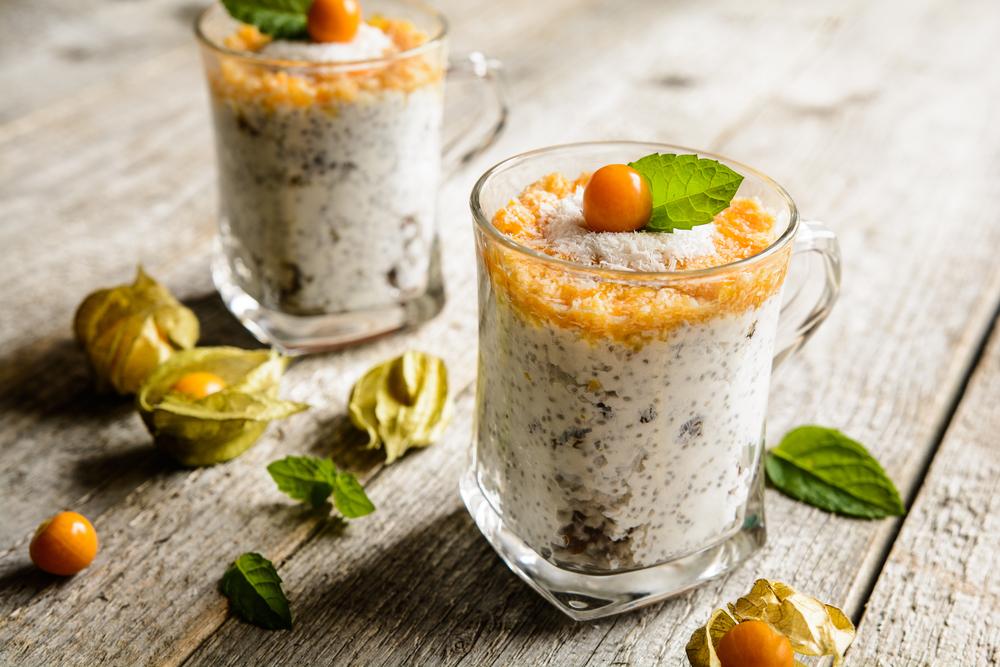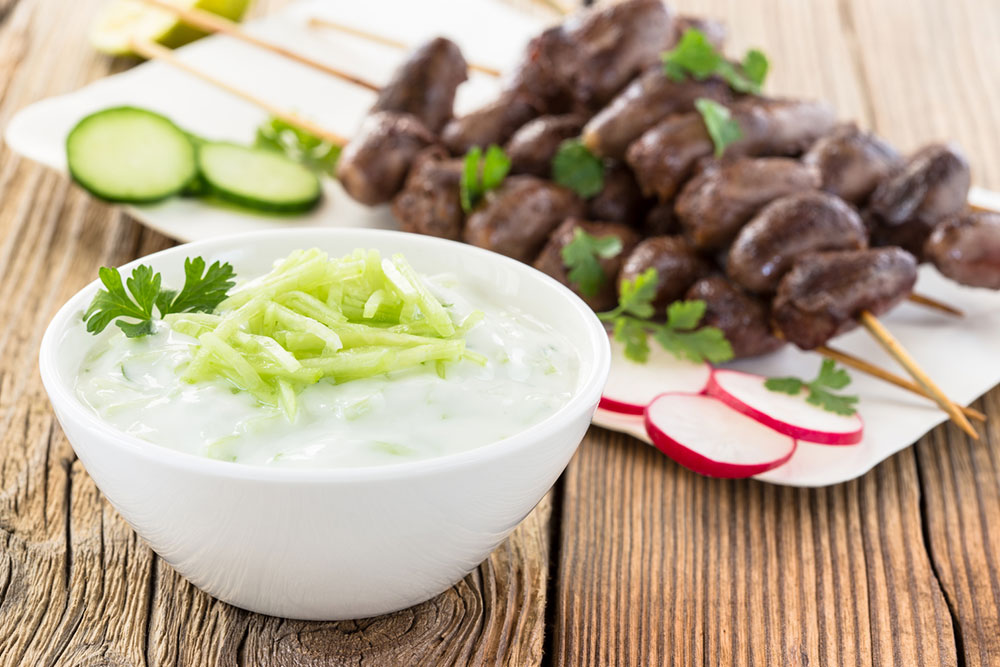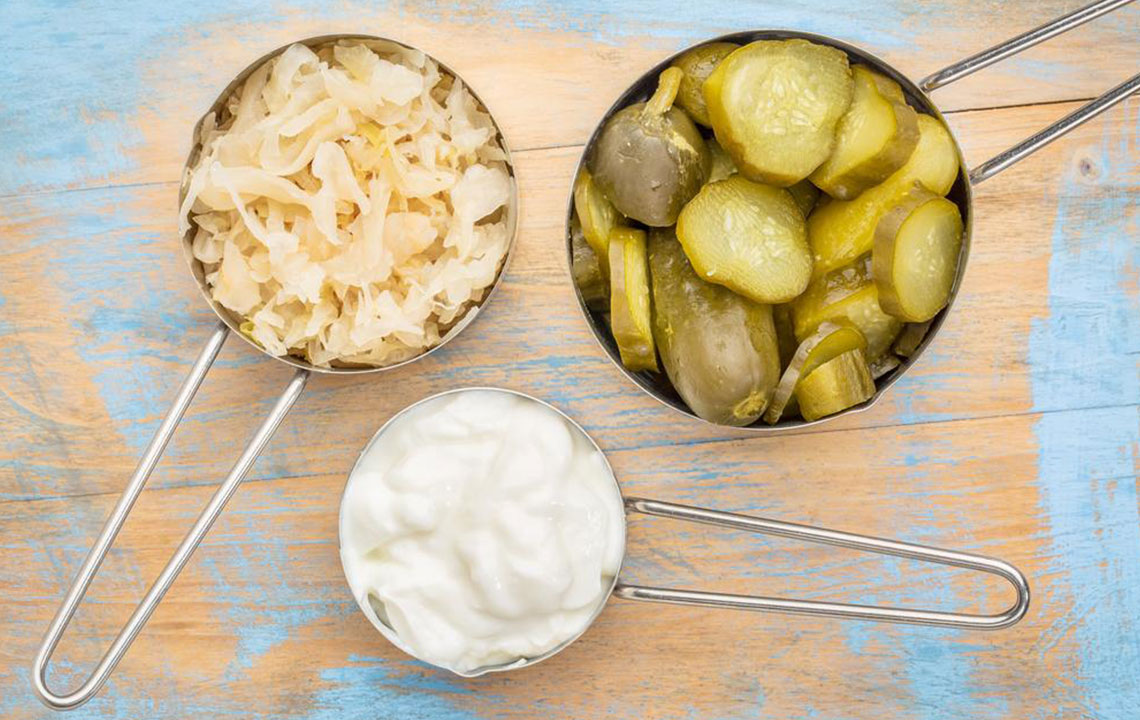Comprehensive DIY Guide to Creating Delicious and Healthy Homemade Probiotic Foods
Learn how to make nutritious probiotic foods at home with this detailed guide. Discover easy recipes including fermented vegetables, homemade yogurt, and probiotic smoothies. Boost your gut health naturally by fermenting your own delicious, probiotic-rich foods. Perfect for beginners and experienced fermenters alike, this comprehensive guide offers step-by-step instructions to create healthy, flavorful foods that support digestion and immunity. Incorporate these natural probiotics into your daily diet for optimal wellness and taste customized to your preferences.

Your Ultimate DIY Guide to Healthy Homemade Probiotic Foods
In recent years, the importance of maintaining a balanced gut microbiome has gained increasing recognition among health enthusiasts and medical professionals alike. Probiotics, the beneficial live bacteria that naturally reside in your digestive system, play a crucial role in supporting overall health. They aid in nutrient absorption, combat harmful pathogens, and bolster your immune system. Incorporating probiotic-rich foods into your diet is one of the most effective ways to promote a healthy bacterial balance within your gut.
Most people think of store-bought probiotic supplements or fermented foods purchased from markets, but did you know that many probiotic foods can be easily prepared at home? Creating your own probiotic foods not only ensures freshness and quality but also allows you to customize flavors and ingredients to suit your preferences. The fermentation process stimulates the growth of good bacteria, making fermented foods a natural and delicious source of probiotics. Plus, home fermentation can be a fun and educational activity for the entire family.
In this comprehensive guide, we will explore three popular and highly nutritious probiotic foods that you can make easily at home. These foods are rich in probiotics, easy to prepare, and incorporated easily into daily meals. Whether you're a beginner or an experienced fermenter, these recipes are designed to help you boost your gut health naturally and deliciously.
1. Fermented Vegetables: Crunchy, Flavorful Probiotic Sources
Fermented vegetables like pickles, sauerkraut, and fermented carrots are excellent sources of probiotics. The process involves lactic acid fermentation, which preserves the vegetables while promoting the growth of beneficial bacteria. These foods are versatile, can be stored for long periods, and add a tangy, crunchy element to salads, sandwiches, and snacks.
Ingredients: Fresh vegetables (cucumbers, carrots, peppers, cauliflower), sea salt, filtered water, spices (dill, garlic, peppercorns), optional herbs for flavor.
Steps: Clean and chop the vegetables into suitable sizes. Dissolve sea salt in filtered water to create a brine. Place the vegetables and spices into a fermentation jar, pour the brine over them ensuring they are submerged. Seal and allow fermentation at room temperature for several days to weeks depending on your taste preference. Checking the vegetables periodically for bubbling or tangy smell confirms active fermentation.
Fermented vegetables like sauerkraut also follow a similar process, primarily made from fermented cabbage. These foods are rich in probiotics and provide dietary fiber, vitamins, and minerals.
2. Homemade Yogurt: Traditional, Rich in Probiotics, Easy to Make
Homemade yogurt is one of the simplest ways to incorporate beneficial bacteria into your diet. Making yogurt at home ensures you're consuming a product free of preservatives or added sugars often found in commercial varieties.
Ingredients: Half a gallon of fresh whole or skim milk, 1 tablespoon of live-culture yogurt (store-bought or previously prepared), optional sweeteners or flavorings.
Steps: Warm the milk to about 180°F to kill any unwanted bacteria, then cool it down to approximately 110°F. Mix in one tablespoon of live yogurt culture thoroughly. Pour the mixture into a clean container, cover, and keep in a warm, draft-free spot for 6-12 hours. The longer the fermentation, the tangier the yogurt. Once set, refrigerate and enjoy fresh probiotic yogurt. You can add fruits, honey, or nuts for enhanced flavor and nutrition.
Making yogurt at home allows you to experiment with different milk types (cows, goats, plant-based) and fermentation times to achieve your preferred taste and probiotic concentration.
3. Probiotic Smoothies: Nutritious and Convenient
Probiotic smoothies combine the benefits of fermented foods with the convenience of a quick, portable snack or breakfast. Using probiotic-rich ingredients like yogurt or kefir blended with fruits and superfoods results in a delicious and health-boosting beverage.
Ingredients: Greek yogurt or kefir, mixed frozen and fresh fruits (berries, bananas, mango), a handful of spinach or kale (optional), sweeteners like honey or agave, seeds such as chia or flaxseed, protein powder (optional), plant-based milks (almond, soy).
Steps: Add all ingredients to a blender. Blend until smooth and creamy. Adjust the thickness by adding more or less liquid. For extra flavor, incorporate flavorings like vanilla extract or cocoa powder. Pour into a glass and enjoy immediately or take it on the go. These smoothies are perfect for busy mornings or post-workout nourishment, offering probiotics along with a host of vitamins and antioxidants.
By making your own probiotic smoothies, you can customize the ingredients based on your dietary needs and flavor preferences. It is a versatile and quick way to support your gut health each day.
The Benefits of Incorporating Homemade Probiotic Foods in Your Diet
Beyond their delicious flavors, probiotic foods provide numerous health advantages. Regular consumption can improve digestion, alleviate bloating, enhance nutrient absorption, and support immune function. They may also contribute to mental health, as emerging research links gut health with mood regulation.
Home preparation of probiotic foods allows you to control ingredients, avoid additives, and enjoy fresh, nutrient-dense foods. Fermentation also enhances the bioavailability of nutrients, making them easier for your body to absorb. Incorporating these foods into your daily routine supports a balanced microbiome, which is vital for overall health and resilience against illnesses.
Tips for Successful Home Fermentation
Always use clean, sterilized jars and utensils to prevent unwanted bacterial growth.
Keep the fermentation in a warm, dark place with a stable temperature between 65-75°F.
Use non-iodized salt, as iodine can inhibit fermentation.
Monitor your foods for mold, foul smell, or discoloration—discard if any spoilage occurs.
Be patient; fermentation times vary depending on ingredients and ambient temperature.
Home fermentation is a rewarding process that yields delicious, probiotic-rich foods and promotes a sustainable, health-conscious lifestyle. Start with small batches, follow these guidelines, and enjoy the journey of creating your own healthy probiotic treats.
